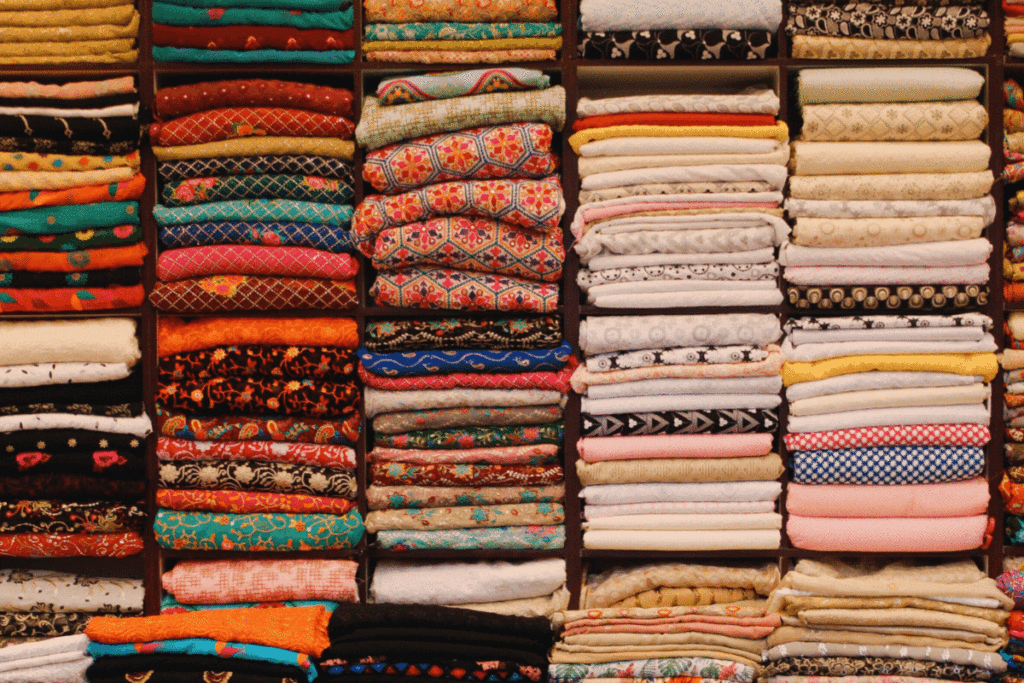Career Profile, Salary & Job Outlook —
What does a Fabric Researcher do?
Also known as textile researchers, fabric researchers study the technical aspects of fibers and fabrics. Their goal is to improve existing yarns, fibers, and fabrics. They also develop and construct new, better fabrics for use in designs using natural and synthetic materials.
How much does a Fabric Researcher make?
According to Ziprecruiter, Fabric Researchers make a national average of $56,405 or $27.12 an hour (as of March 2022). In general, entry-level researchers make around $30,000 annually, with senior-level researchers making $104,000 a year. This wide range also depends on skill, seniority, company, and location.
What impact does this career have towards the fashion industry?
Fabric researchers are essential in the creation of high-quality clothing and upholstery. They constantly improve fabrics and create stronger materials that can stand the test of time and wear. Researchers are also pivotal to the fashion industry’s shift to a sustainable focus to develop eco-friendly fabrics.
What is the job outlook for a Fabric Researcher?
Global apparel revenue is forecasted to grow to $2.25 trillion by 2025. According to the U.S. Bureau of Labor Statistics (BLS), job opportunities for fashion designers (including Fabric Researchers) are expected to maintain steady growth during the 2020-2030 decade.
How to kick-off your career:
- Learn the basics of yarns, fibers, and fabrics.
- Work on knitting and weaving.
- Download The Ultimate Fashion Career Guide to learn more about career paths.
- Explore the Parsons x WWD Fashion Business Essentials online course.

Learn from:
Jeff Carvalho, Fashion Business Essentials contributor, Founder, Highsnobiety
Related Careers:
Creative Director | Fashion Illustrator | Apparel Designer | Accessories Designer | Garment Technologist | Footwear Designer | Pattern Cutter/Grader | Director of Merchandising & Design | Trend Forecaster | Graphic Designer | Data Analyst | Textile Designer | Textile Colorist | Fashion Designer



